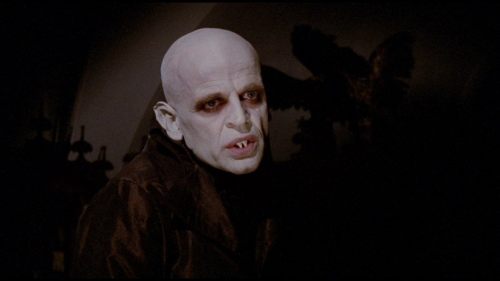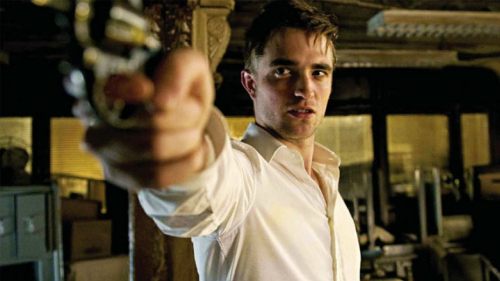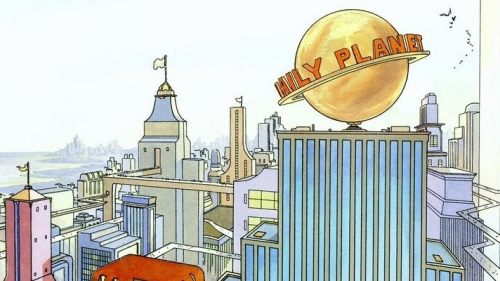Century-Old Gems: The Cinematic Big-Hitters Hitting Triple Digits This Decade
2020 hasn’t even reached its halfway mark, but it’s already been a momentous year for cinema. We finally saw a non-English-language film win Best Picture, the movie theatres around the world shut en masse to help save lives, and Steven Soderbergh’s CONTAGION became the most prophetic film ever made. It’s also the year that BAD BOYS FOR LIFE has sat atop the global box office for nearing four months and counting — with a horror remake of FANTASY ISLAND scoring a place in the top ten for almost as long. And, it’s the year when it was announced that Tom Cruise will make a movie in space, because of course he will (presumably after flying the rocket to get there himself, hanging off the outside of the International Space Station and doing all of the above with the kind of injuries that would normally incapacitate someone for an extended period).
2020 is also significant when it comes to looking back at film history. This decade marks a century since so many of cinema’s influential movies — the films that helped create the very language of feature filmmaking, and that everything afterwards has tried to emulate — first lit up the silver screen. They’re the classics that are mentioned again and again because they’re that that important.
That said, as even the most dedicated cinephile could and should probably admit, they’re also the movies that are so easy to put on your to-watch list but never quite get around to viewing. If a film has been around for decades and decades, it’s not going anywhere, right? While that’s an understandable mindset, throwing a huge 100th birthday viewing party by making your way through the very best movies hitting triple digits this decade is also a solid 2020 plan.

THE CABINET OF DR CALIGARI
Some films always feel new. While THE CABINET OF DR CALIGARI notched up the century mark in February, this German Expressionist pioneer still dazzles and surprises today — thanks to its angular, twisty visual, multi-hued style, how could it not? Following the antics of a hypnotist and a somnambulist who converge upon a small town just as a series of murders starts taking place, Robert Wiene’s groundbreaking feature also matches its striking, Tim Burton-inspiring aesthetics with a savage statement about conformity and obedience to corrupt authority. Yes, it’s still thematically relevant, too.

THE GOLEM: HOW HE CAME INTO THE WORLD
There’s no doubting that THE CABINET OF DR CALIGARI deserves all the attention it has received for the past 100 years. Even then, that’s probably not enough. But fellow early German Expressionist horror film THE GOLEM: HOW HE CAME INTO THE WORLD also deserves ample notice, with actor/director Paul Wegener and his co-helmer Carl Boese crafting an unnervingly effective version of the Jewish folktale. As well as being rendered in eye-catching black-and-white cinematography, THE GOLEM also leaves another crucial impression — as the film that clearly inspired cinema’s first visions of FRANKENSTEIN.

THE KID and THE GOLD RUSH
To state the obvious, there’s no point trying to pick just one Charlie Chaplin film from the ‘20s. But if you had to choose two only, his feature-length debut THE KID and his high-grossing hit THE GOLD RUSH are the clear options. Both display Chaplin’s comic wonders, especially his prowess for inventive, elaborate and amusing physical comedy. Both also feature his famed ‘tramp’ persona. And both cleverly work in dramatic elements, too. They make a great double, although THE GOLD RUSH is the film that Chaplin said he wanted to be remembered for.
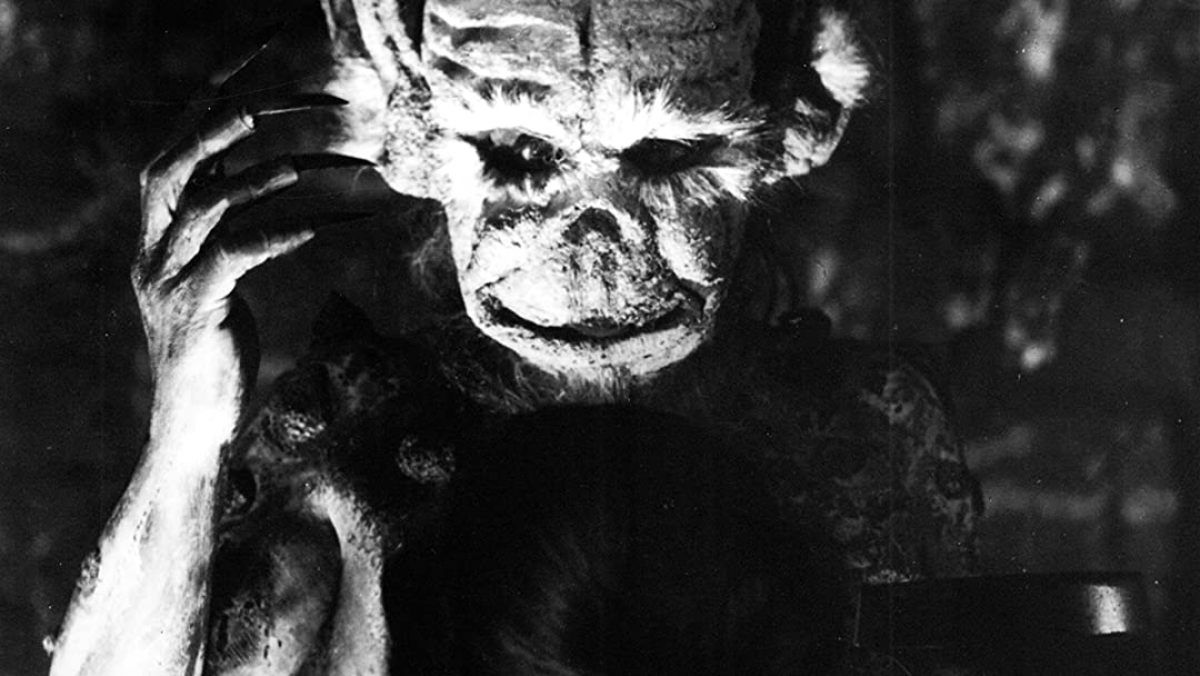
HAXAN
Today’s Nordic noir thrillers are all well and good (and frequently great); however when it comes to getting dark and twisty in Scandinavia, Swedish-Danish documentary-horror hybrid HAXAN got there first. And, it did so in the most memorable fashion possible — by exploring not only the topic of witches and witchcraft, but the factors (such as superstition and misunderstood mental illness) that have led to witch hunts. Most movies from the ‘20s have a distinctive feel, but none more so than Benjamin Christensen’s best-known film. Both academic and unnerving, HAXAN is its own unique beast.

NOSFERATU: A SYMPHONY OF TERROR and SUNRISE: A SONG OF TWO HUMANS
One is a vivid and creepy German Expressionist version of DRACULA by another name, in order to get around pesky copyright issues. The other is a stylised and moving romantic drama that helped its lead actress, Janet Gaynor, win the first-ever Oscar in that category. Both showcase the very best of FW Murnau — and, like the ‘20s works of Chaplin and Keaton, choosing just one to watch is futile. Tonally and thematically, NOSFERATU: A SYMPHONY OF TERROR and SUNRISE: A SONG OF TWO HUMANS couldn’t seem further apart; however they’re firmly united by Murnau’s probing eye.

BATTLESHIP POTEMKIN
Everyone who has studied film for more than a few seconds has studied BATTLESHIP POTEMKIN. Its impact on cinema — and the Odessa Steps sequence’s impact on montage editing — is that immense. Indeed, in crafting a dramatised version of the mutiny on the titular vessel, which occurred 20 years before his movie was made, Sergei Eisenstein revolutionised one of the fundamental aspects of filmmaking. In the process, too, he set a very high bar for everyone that followed. But, its influence aside, the Russian filmmaker’s most famous feature is also simply riveting from start to finish.

SHERLOCK JR, THE GENERAL and STEAMBOAT BILL JR
Like Chaplin, it’s impossible to narrow Buster Keaton’s ‘20s filmography to just one highlight — especially when SHERLOCK JR, THE GENERAL and STEAMBOAT BILL JR are all comedy masterpieces. Keaton as a projectionist and janitor who dreams he’s in a detective movie? Genius. Keaton getting up to locomotive hijinks? Also genius. Keaton as the captain of a rundown paddle steamer? Yep, genius again. Of course, the term just applies to Keaton and his deadpan style of physical comedy in general; however all three of the aforementioned films rank among the best silent comedies ever made.
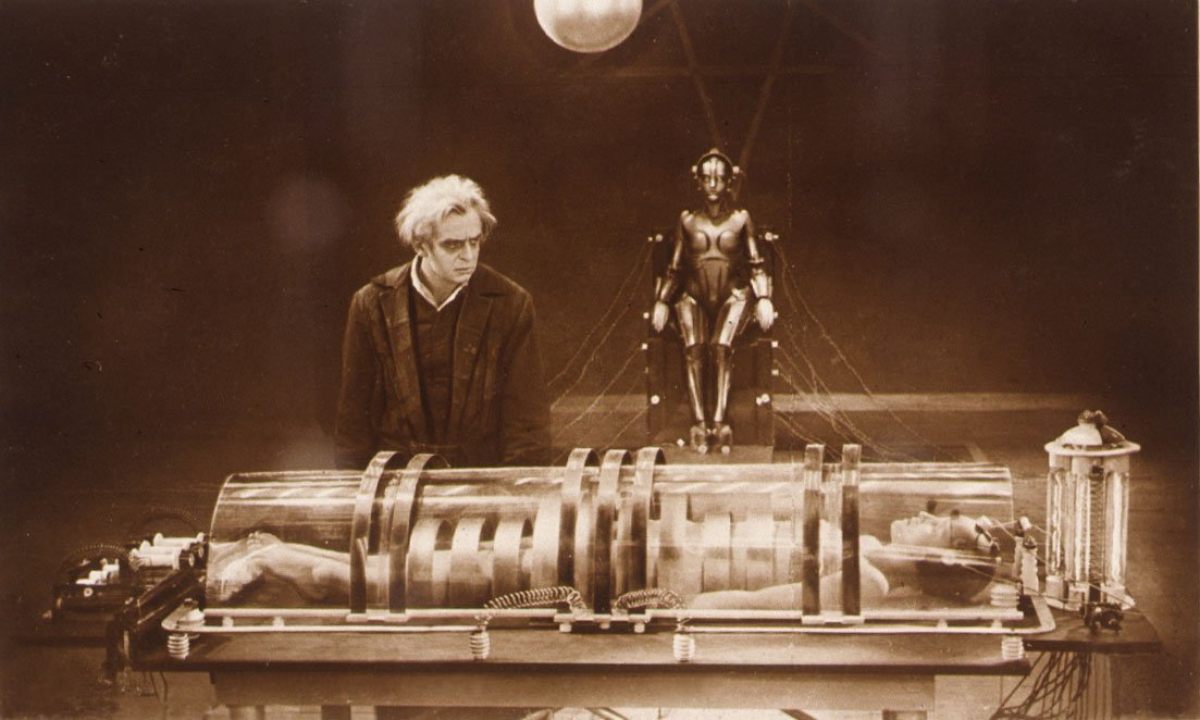
METROPOLIS
The 1920s was the decade of German Expressionism. That’s not news, and neither is the fact that many of the period’s best movies came from the cinematic movement. And yes, all the greats stand out, with several already mentioned above; however Fritz Lang’s METROPOLIS is a towering work of science fiction. As well as blazing a trail in the genre — on the big screen at least — it’s still one of the most visually potent films there is. And, story-wise, the tale of a future dystopia where the downtrodden majority literally power the city for the wealthy few will (sadly) never get old.
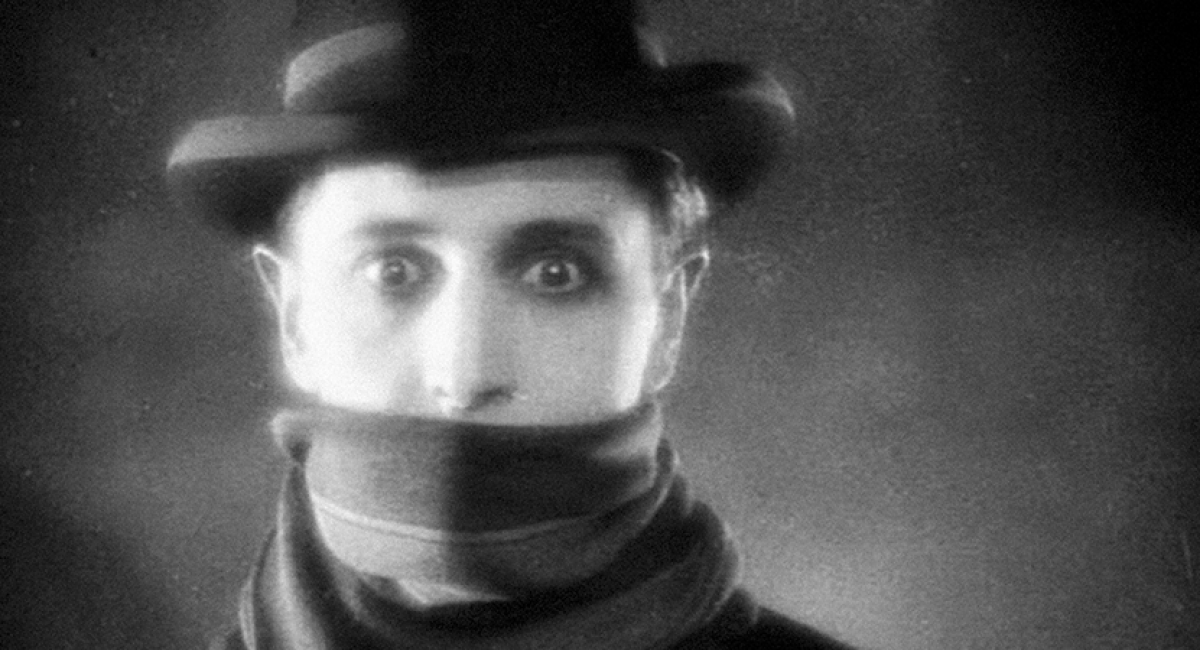
THE LODGER: A STORY OF THE LONDON FOG
Alfred Hitchcock’s third feature as a director, THE LODGER: A STORY OF THE LONDON FOG sees the then-fledgling filmmaker tackle a subject that’ll become familiar across his career: murder. Actually, add another, too: blonde women. Here, a serial killer is hunting down fair-locked ladies — although that doesn’t stop model Daisy (June Tripp) from starting a relationship with the new lodger (Ivor Novello) who matches the culprit’s description. For thematic as well as narrative and stylistic reasons, THE LODGER is clearly the starting point for much of Hitch’s career-long flourishes.

[Shit, whoops - ed.]
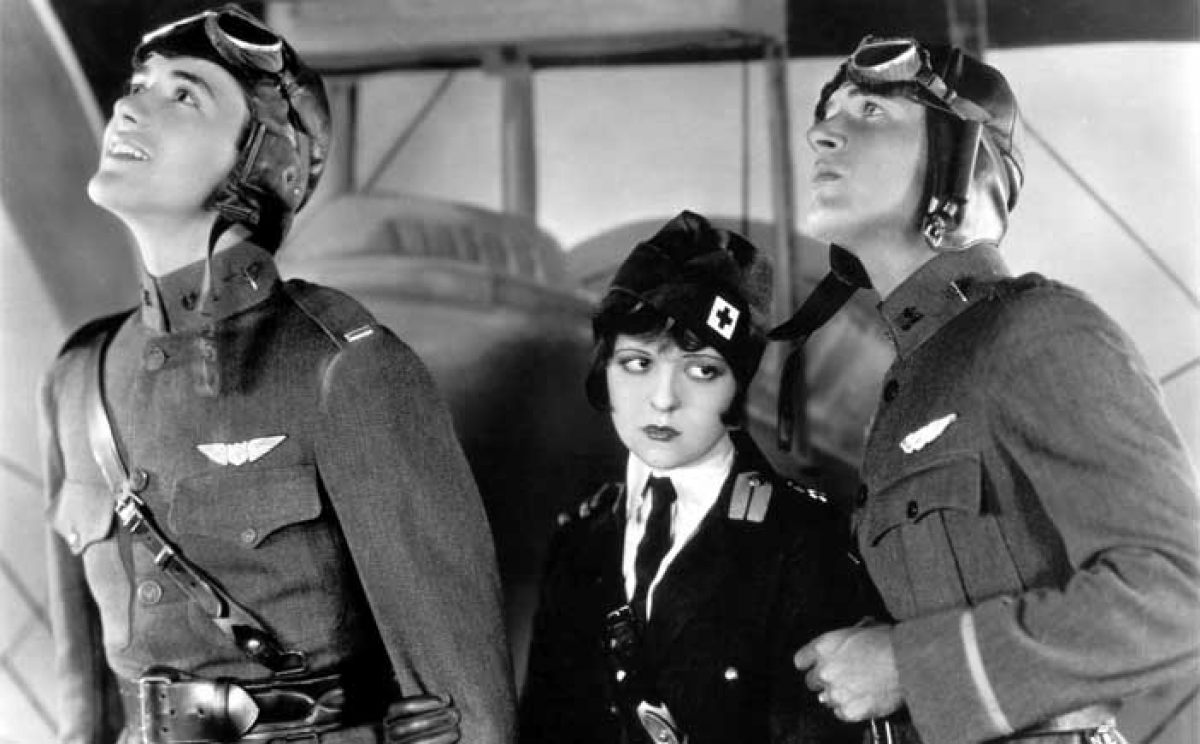
WINGS
The Oscars’ first-ever Best Picture winner, WINGS serves up a conventional war plot. The William A. Wellman-directed, First World War-set film also functions — by design — as a star vehicle for Clara Bow. It is a big studio film of the era, after all. But, it’s still a movie that makes a splash and has been borrowed from heavily since, including its emotion-driven approach to its chosen genre and its penchant for spectacle. Unsurprisingly, Bow is a radiant delight; however, as well as her performance (opposite Charles "Buddy" Rogers and Richard Arlen), it’s the aerial scenes that stand out.

THE PASSION OF JOAN OF ARC
It’s a big call, but there are few things more astonishing in the history of cinema (or as stunning to look at in general) than Renée Jeanne Falconetti’s face in THE PASSION OF JOAN OF ARC. And look, Danish director Carl Theodor Dreyer definitely does. In close-ups of Falconetti as Joan endures her trial and awaits execution, the film forces viewers to witness every emotion that flickers in every expression. Masterful and moving, it’s a sight to behold. It also screams for a big-screen viewing to soak in the movie’s leading lady in what would be just her second but also her final film role.

MAN WITH A MOVIE CAMERA
Dziga Vertov’s MAN WITH A MOVIE CAMERA is a feat of documentary filmmaking. On the technical front, it’s also a pioneer. Clocking in at just 68 minutes, the Russian director’s silent film depicts life in Kiev, Kharkov, Moscow and Odessa — all while experimenting with multiple exposure and split screens, fast and slow motion, match and jump cuts, freeze frames and Dutch angles. The list of techniques deployed goes on, with the documentary’s form as important as its content. Still, that content never fails to incite interest, however Vertov chooses to film it at any given moment.

